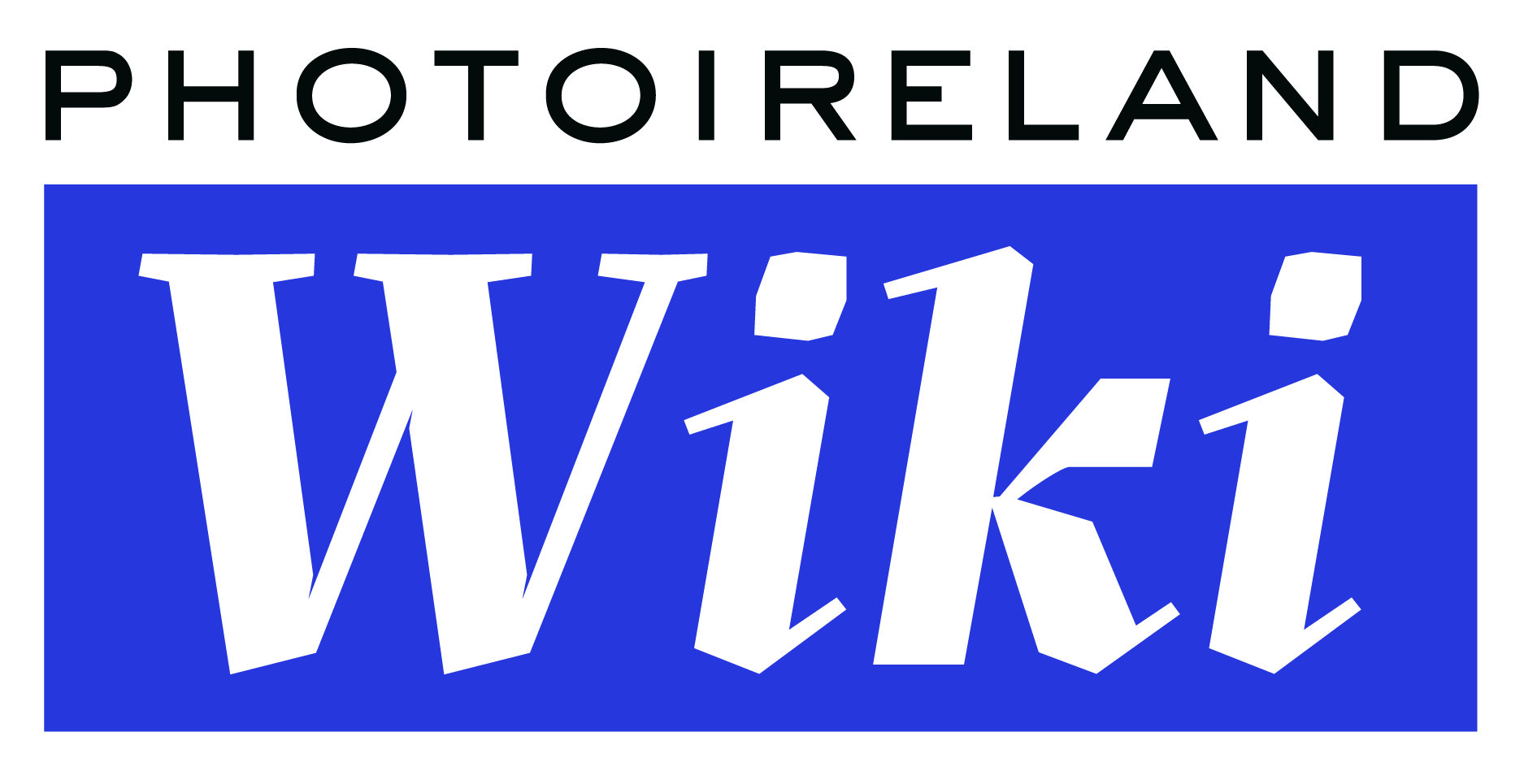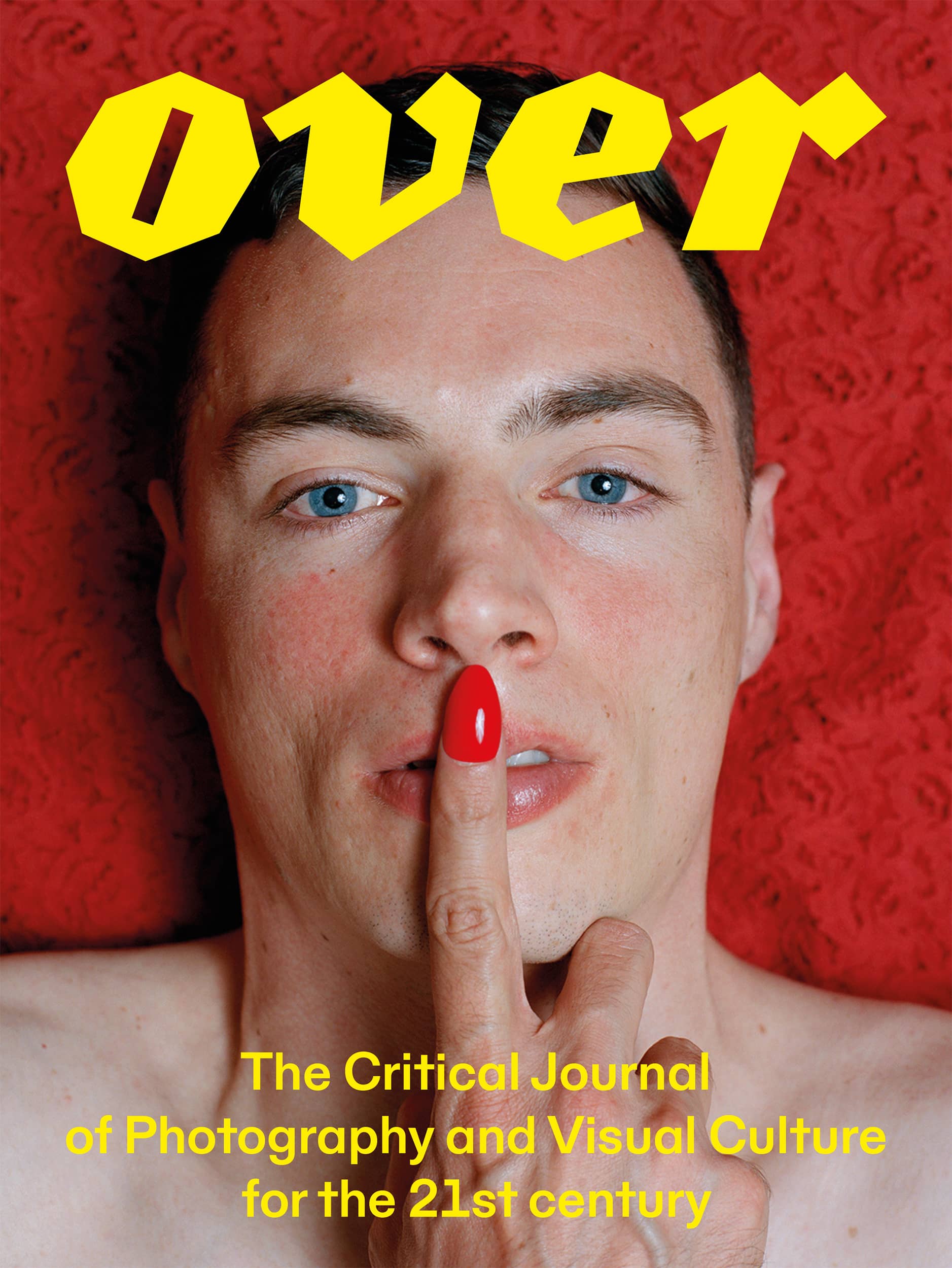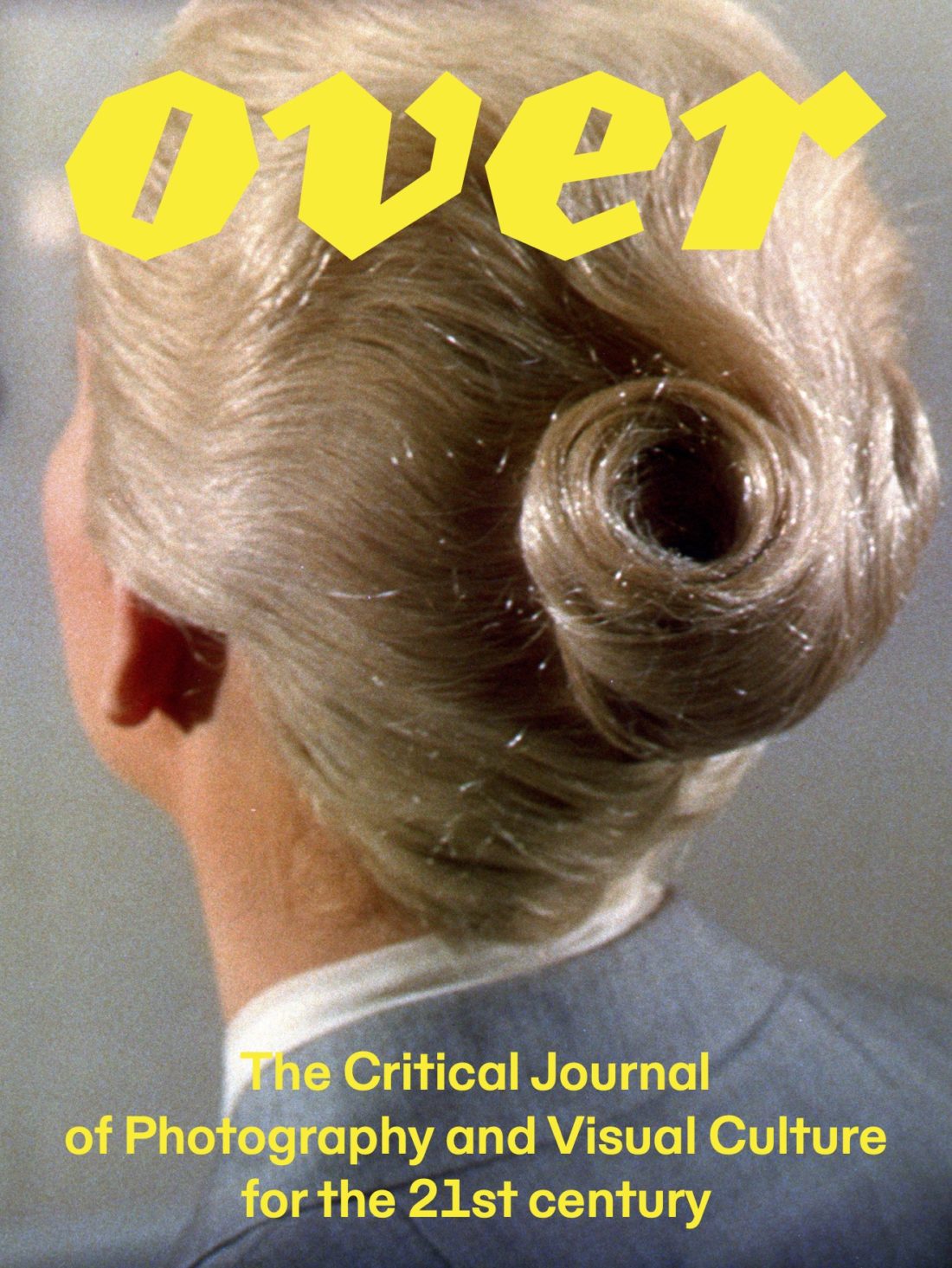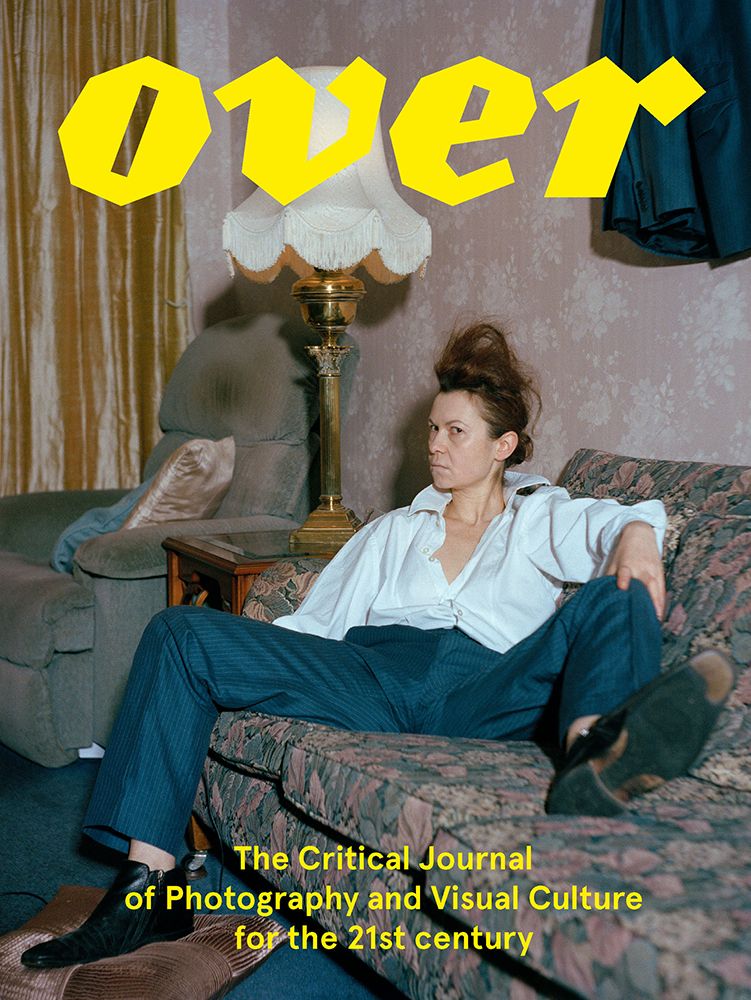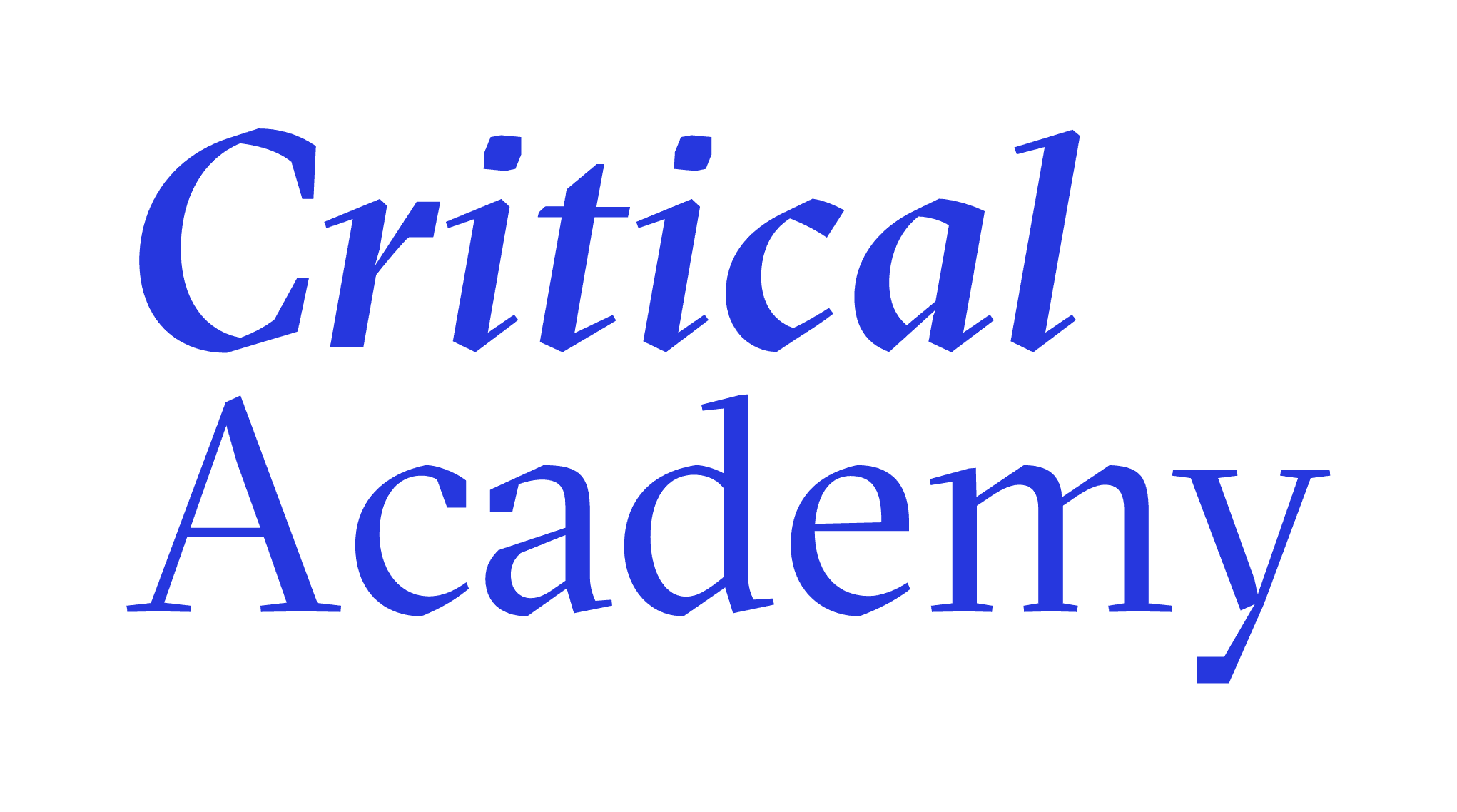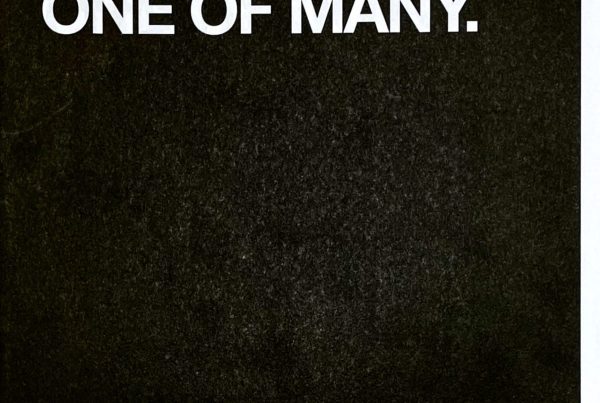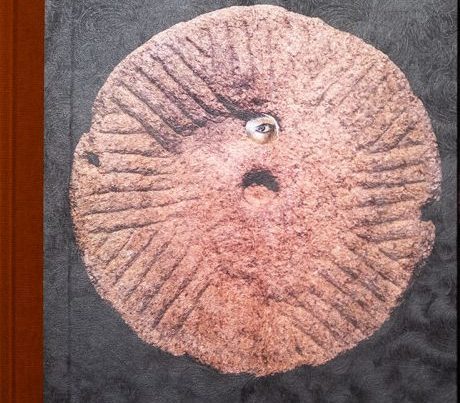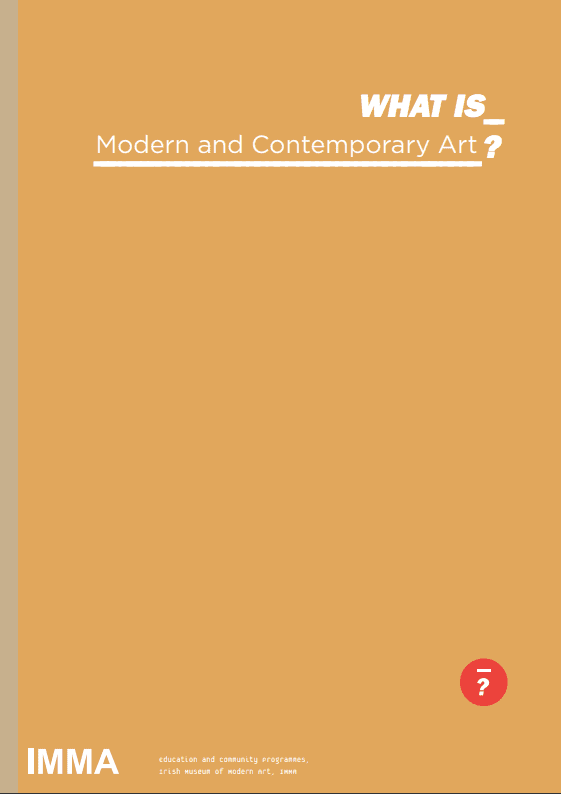
In this, the first of the What_ is? series, we explore what is meant by these two words, which might at first glance seem to mean the same thing. Within the introductory text below you’ll find a brief overview of what we mean by many of the other terms associated with Modern and Contemporary Art. Art terms are indicated with an underline and their definition can be viewed by hovering the cursor over the term. They can also be found in the glossary.
Within the context of art history, the term Modern Art refers to art theory and practice, predominantly in Western Europe and North America, from the 1860s to the late 1960s – the period associated with Modernism. Modern Art is defined in terms of a linear progression of styles, periods and schools, such as Impressionism, Cubism and Abstract Expressionism. In general usage, there is considerable overlap and confusion between the terms Modern and Contemporary, both of which refer to the present and recent past. Modern is a term which has a broad application depending on the context in which it is used. It can refer to the present or the contemporary. In terms of social, political and philosophical discourse, modern refers to the period that began with the Enlightenment in the seventeenth century. More generally, modern can be used to refer to all things since the early Renaissance. The relative and temporal nature of the term resists a clear or fixed definition, and is subject to considerable debate in terms of meaning and timeframe.
The term Contemporary Art refers to current and very recent practice. Attributed, approximately, to the period from the 1970s to the present, it also refers to works of art made by living artists. Contemporary Art tends to be assessed thematically and subjectively, drawing on an expanded range of theoretical and practical disciplines. Contemporary Art can be driven by both theory and ideas, and is also characterised by a blurring of the distinction between art and other categories of cultural experience, such as television, cinema, mass media, entertainment and digital technology.
The period from the 1970s onwards is also described in terms of Postmodernism, a social, cultural and intellectual movement characterised by a rejection of notions of linear progression, grand totalising narratives and critical consensus associated with Modernism, favouring an interdisciplinary approach, multiple narratives, fragmentation, relativity, contingency and irony.
1
About the Project
This IMMA programme is a great way to find out more about the concepts and terms used in contemporary art. It includes talks, booklets and web-based resources which you can explore below. The programme is presented in four series, three of which you can explore in the menu above. 2
About the Publisher
Irish Museum Of Modern Art (IMMA) is Ireland’s National Cultural Institution for Modern and Contemporary Art. Their diverse and ambitious programme comprises exhibitions, commissions and projects by leading Irish and international artists, as well as a rich engagement and learning programme which together provides audiences of all ages the opportunity to connect with contemporary art and unlock their creativity. IMMA is home to the National Collection of Modern and Contemporary Art, started in 1990 and now numbering over 3,500 artworks by Irish and international artists. This national resource available through exhibitions at IMMA and other venues nationally and internationally, engagement and learning programmes and digital resources.
3
